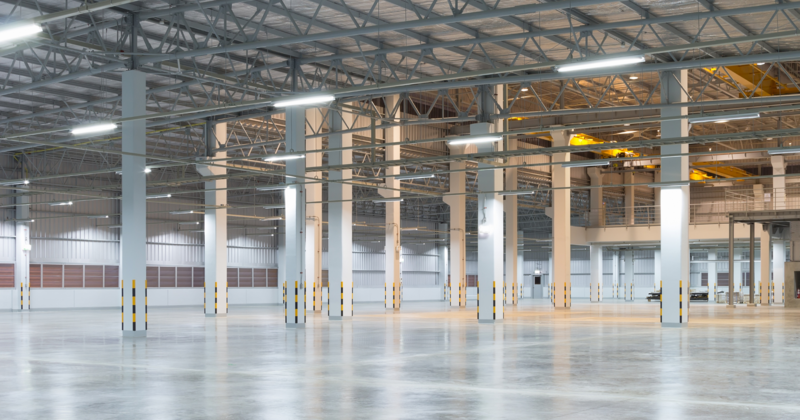Owners And Developers Look To Solar as Modern Warehouses' Energy Needs Grow
When it comes to industrial real estate, the "E" in E.S.G. (environmental, social and governance) is often focused on air quality and emissions. But as automation and technology become more prominent parts of operating, the amount of power needed to run modern warehouses is growing, and energy and electricity are coming under the spotlight.
In some industrial buildings there is negligible energy use, but in others, such as modern e-commerce facilities, the amount of power required to operate is growing noticeably. The rise of e-commerce is spurring the construction of larger industrial facilities.
Sortation buildings, distribution centers and other high-throughput facilities, for example, rely on a network of computers to manage inventory and flow of goods into, within and out of the facility and also use automation to smooth and speed up that process.
From the devices that help track a product moving through a warehouse to the machines and conveyance systems that help goods make their way through sometimes million-square-foot facilities, all run on power, usually electricity. Some of the machines that are warehouse staples, like forklifts, are increasingly operating off electric batteries, and need to be charged on-site.
Larger buildings use more energy. In 2012, less than 1% of buildings across commercial property types were larger than 200K SF, but they accounted for about 26% of all commercial building energy consumption. At the same time, about 11% of commercial buildings measured from 25K SF to 200K SF, and they accounted for approximately 42% of all energy consumption in commercial buildings.
As electrification and automation become a more prominent part of the work that goes on in industrial warehouses, energy needs will grow. That is especially true if electric big rigs become the ones picking up and dropping off goods at these warehouses and also need to charge there.
That's still up in the air, though. Whether all the trucks will be electrified or run on hydrogen fuel, and whether they'll need to refuel at warehouses (something that they do not currently do). Other owners may also consider that it might not make sense to install solar in buildings with tenants on triple-net leases for shorter terms if the next tenants don't have similar needs.
However, the growth of energy demands in the industrial sector will play a role in decision-making in the future.
